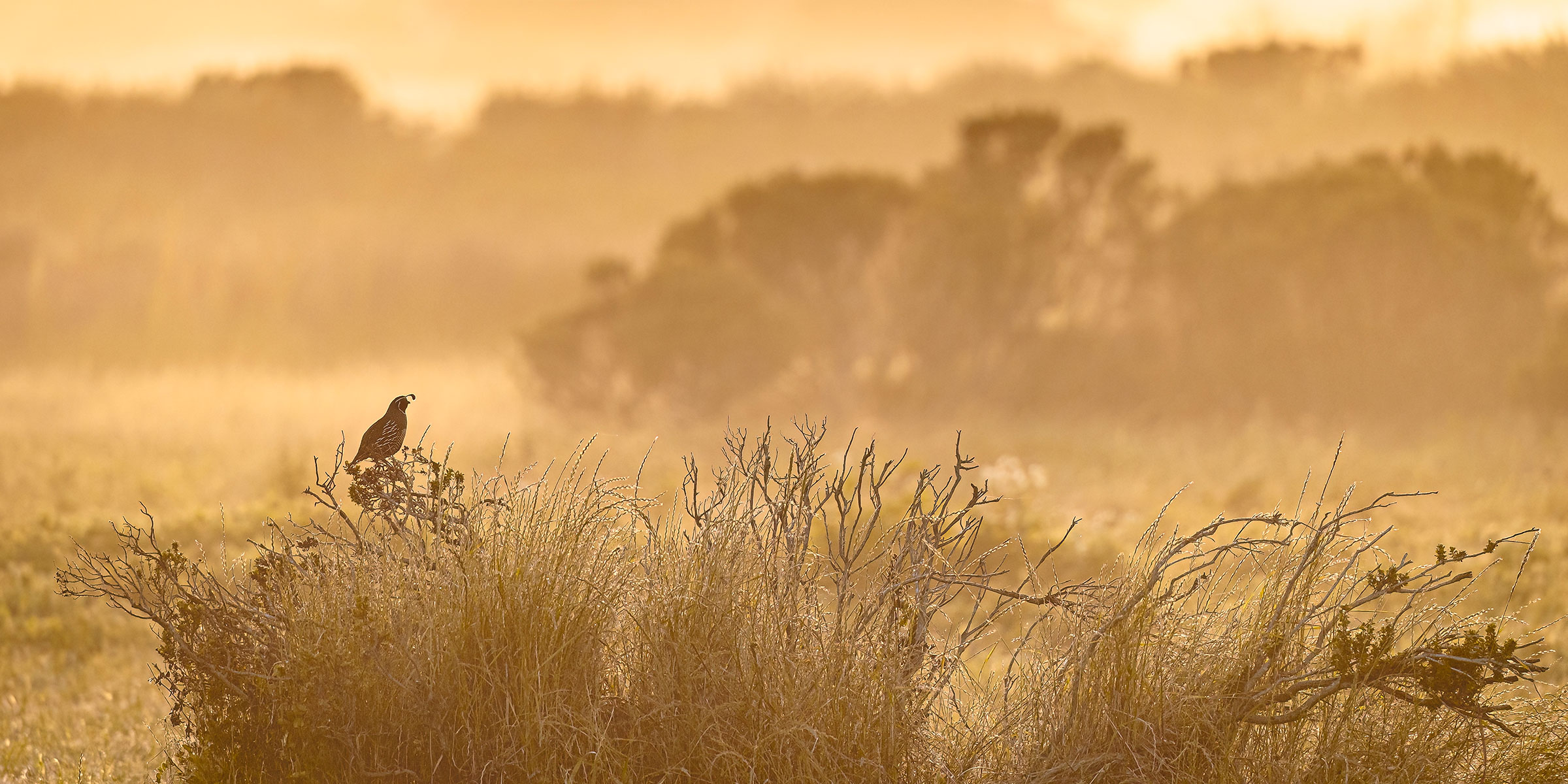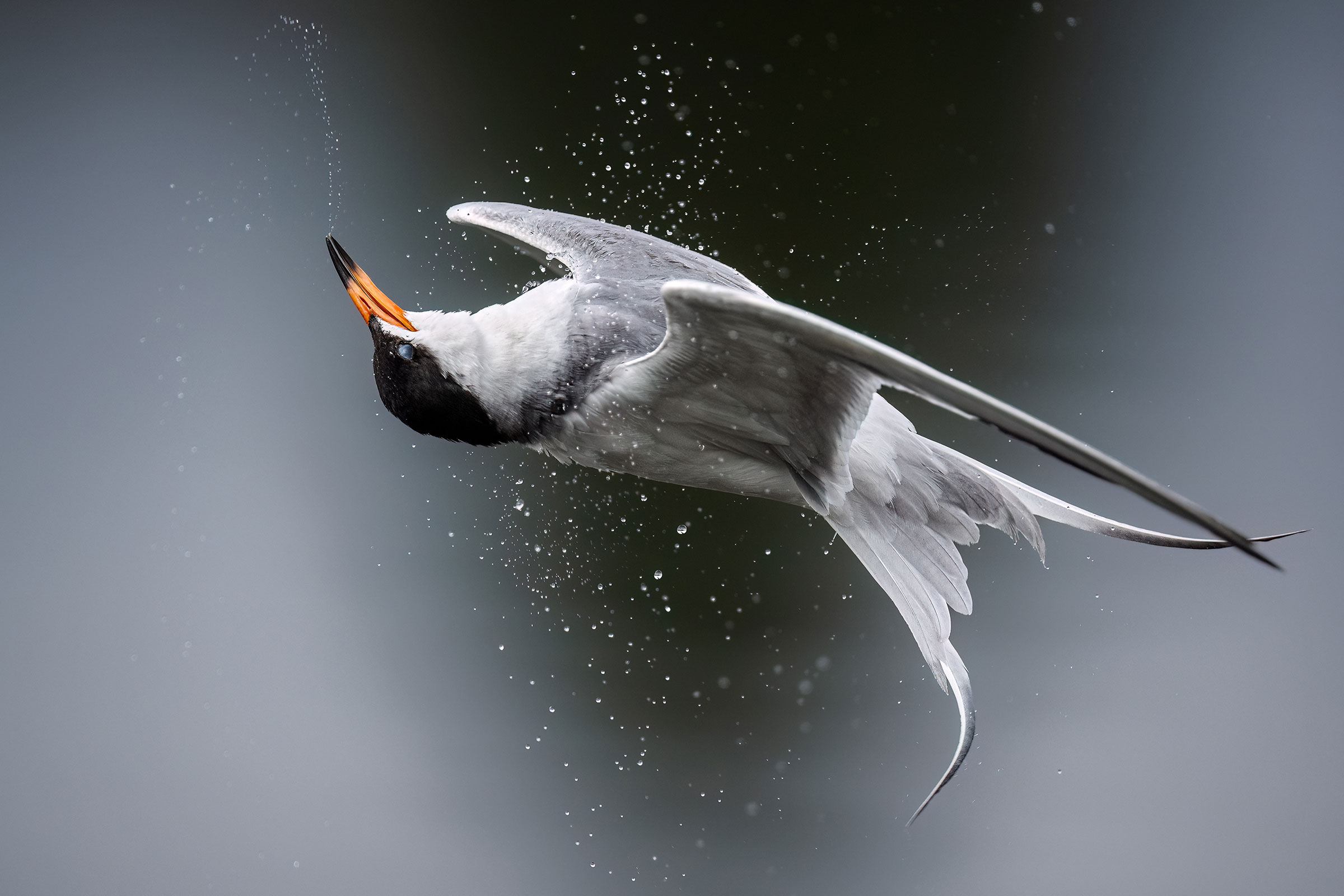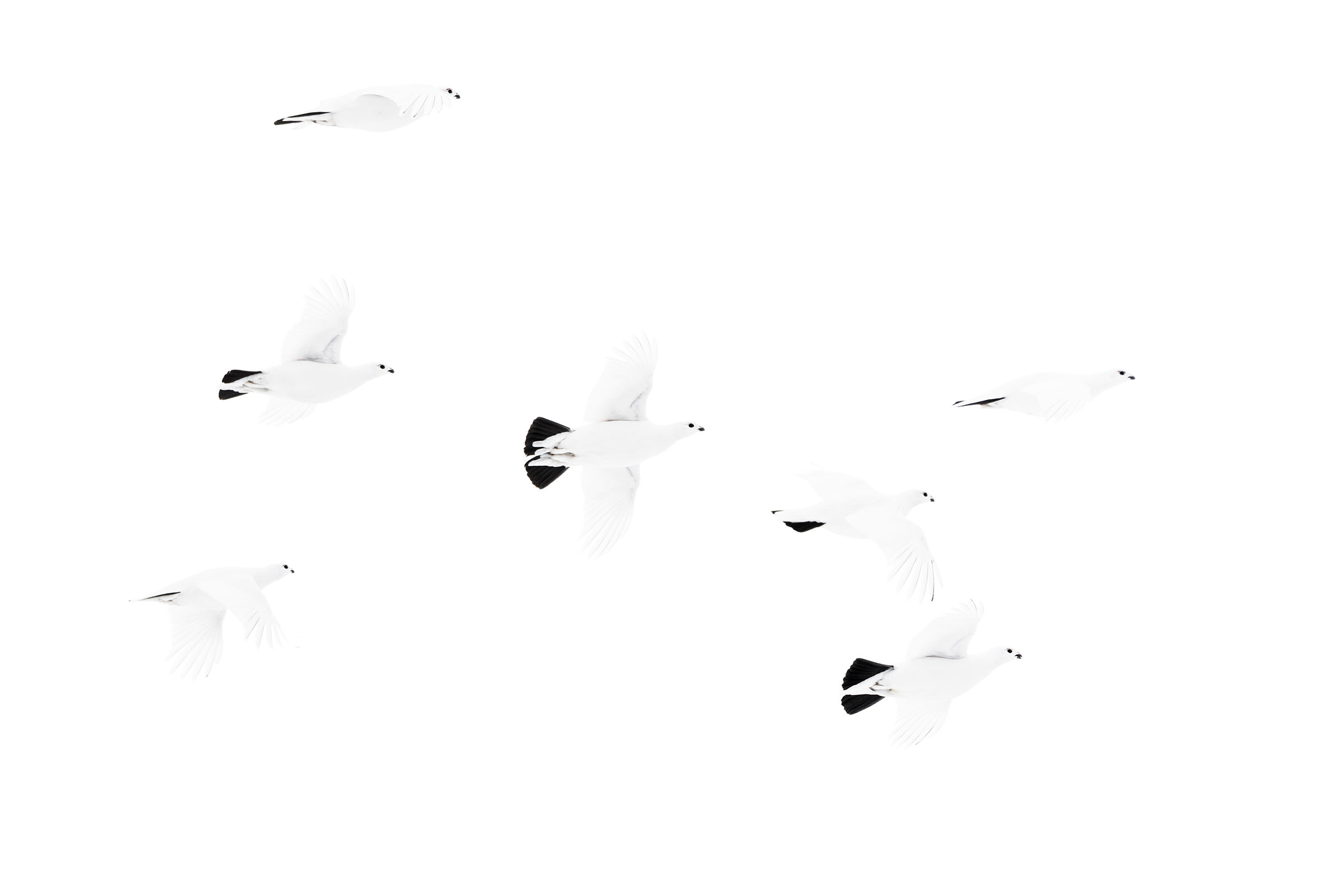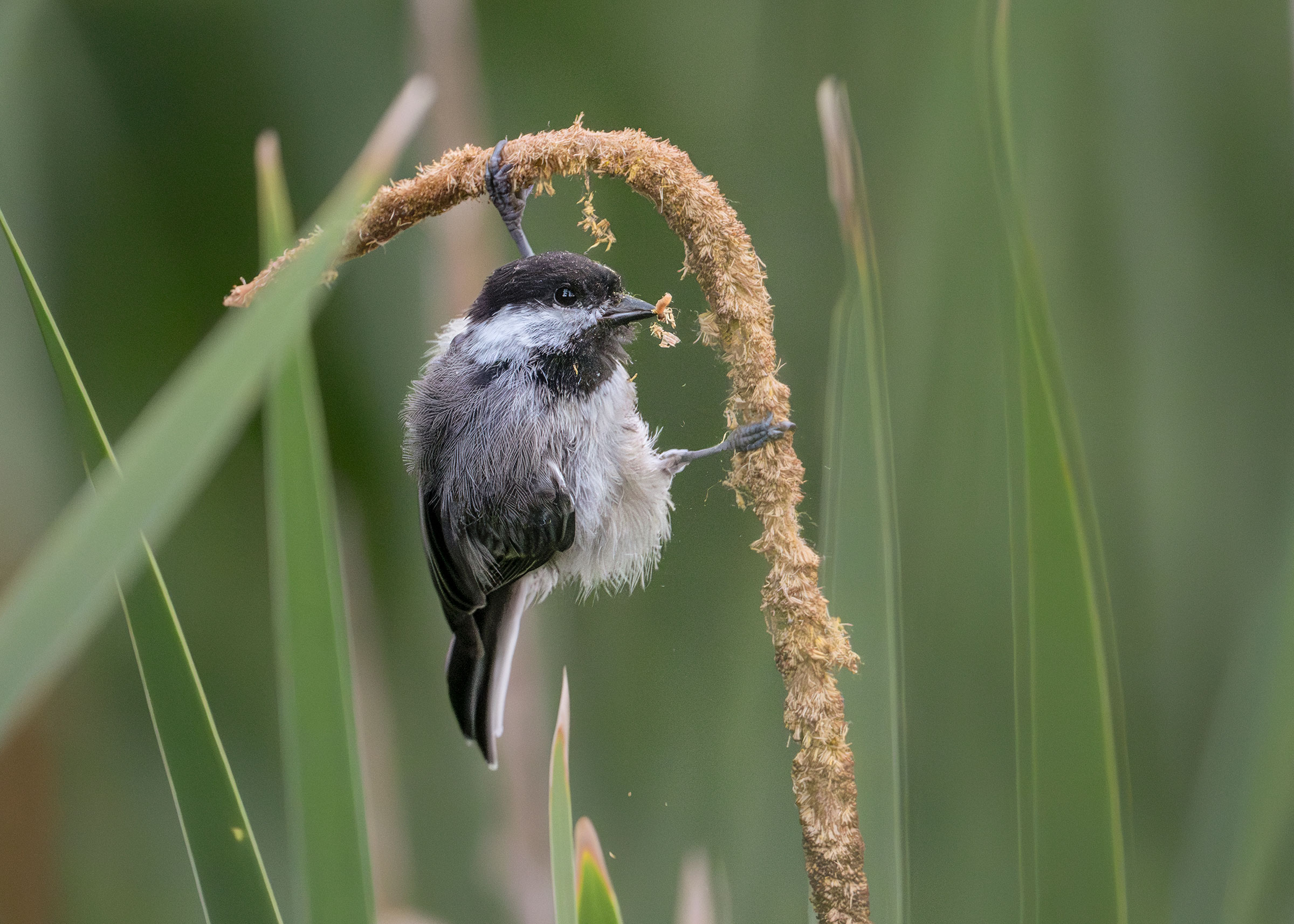The couple bonds between castles are strong and often permanent. The same birds usually mate each breeding season (as long as both are alive), but often spend the winter apart, reuniting in the spring.
As a Youth Award winner, Pourahmad will receive six days at Audubon’s Hog Island Audubon Camp for Teens in Maine during the 2025 season.
“I really like the picture that won,” Pourahmad said. “Sometimes I win photo contests and feel like my photo didn’t deserve it, but I think this photo took a lot of work, time and knowledge to get.”
Birds – and their survival – in the spotlight
Pourahmad is not the only Californian to win an award in this national competition.
Kevin Lohman, a photographer from Santa Cruz, received the first-ever Landscape Birds award for his photo of a California quail perched on a small bush in a Santa Cruz field. The Birds in Landscapes Award was introduced this year to focus on how birds relate to their wider environment.

Audubon’s latest climate science report, Survival by Degrees, finds that two-thirds of North America’s birds are threatened with extinction by climate change. These include several species featured in this year’s Audubon Photography Awards, such as the Blackburnian Warbler, California Quail and Sedge Wren.

Audubon California protects American Kestrels, California Quail and other birds through field conservation and policy efforts across the state. They partner with working lands in the Central Valley and manage the California coastline to advocate for habitat protection and engage local communities through their centers and sanctuaries.

Sabine Meyer, director of photography at the National Audubon Society and one of the competition’s judges, highlighted the “amazing bird behaviors, some of them rarely if ever seen” illustrated by this year’s submissions and the specific “picturesque quality” of the photographs that catch Willow Ptarmigans. Great-tailed Grackles and California Quail. “They look like beautifully composed paintings,” Meyer said.
Visit the Audubon Society to see all the winning photos.

#Bay #Area #Winners #Audubon #Photography #Awards #KQED
Image Source : www.kqed.org
